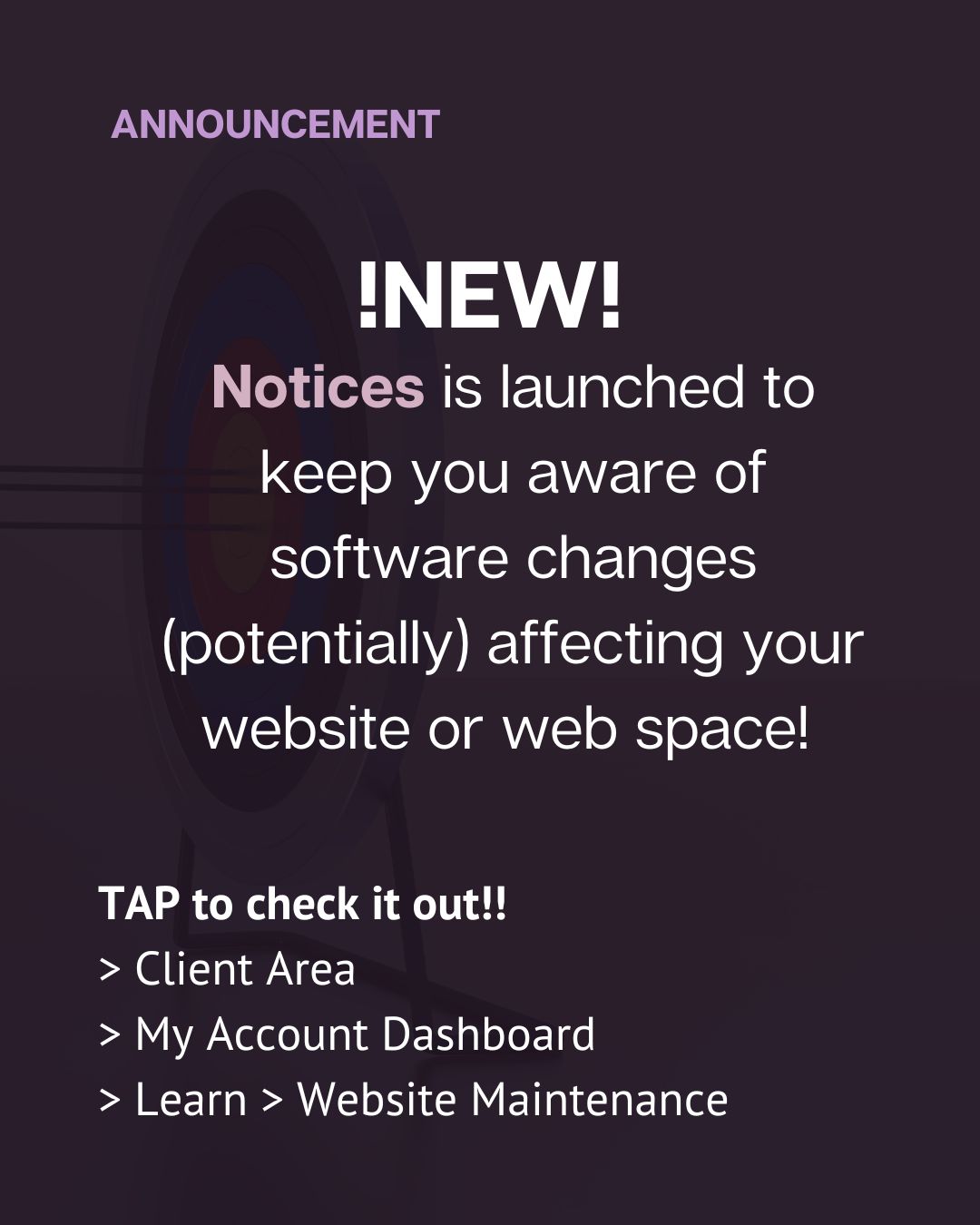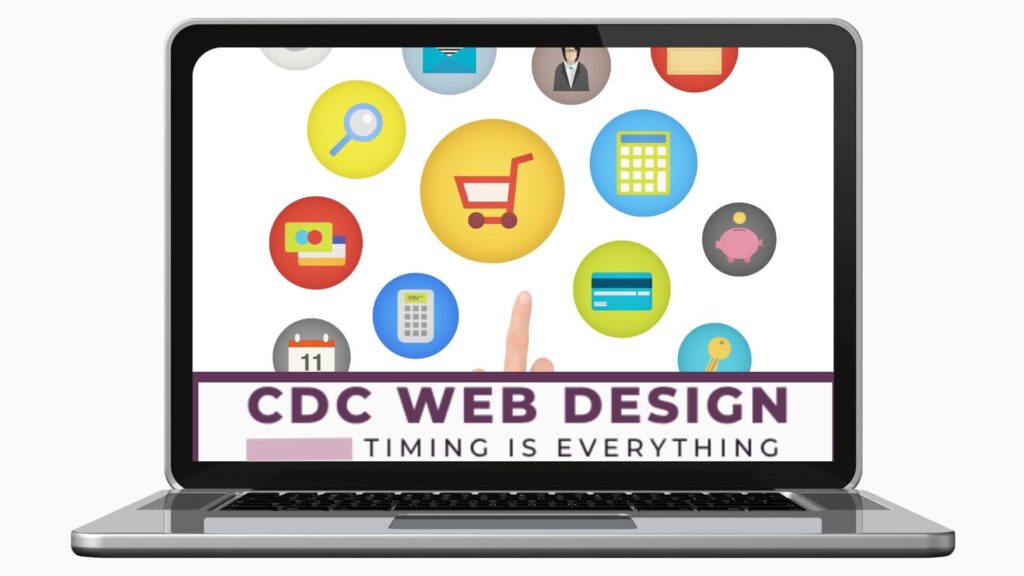Understanding the multiple costs attached to a website and determining whether it can be considered “cheap”.
Table of contents
As the professional (service provider) in any niche, we get to understand the behaviors, wants, needs and requests of varying clients. We get to understand even more the ins and outs of the industry we exist in. With this accumulated knowledge, I share with you (now) and once more that owning a website is NOT cheap. It is an investment of time and money.
Money Investment
There are one-time and recurring fees which are associated with your website. Not paying any one of them means accepting the risks that come with it. Let’s look at 4 major monetary investments you should be aware of before investing in a website.
Development Costs: These are usually one-time costs, but some Studios will offer a month-by-month package. Paying on a monthly basis for website development is good for any Studio, but is an increased cost for the website owner as it is similar to hire purchase (without accruable interest). This plan works for clients who do not have the one-time payment upfront and would rather pay monthly for all recurring costs.
Online costs (recurring): You’d want to understand more about website hosting, but for now, let’s understand that there is a recurring fee to keep your website accessible to the internet. This means, allowing your website to be online month by month, minute by minute. Even though this is a recurring fee, paid to major third parties (not to your Developer directly), there is NO guarantee that your website won’t crash.
Unique locations costs (recurring): You’d want to understand more about website domains, but for now, let’s understand that there is a recurring fee to keep the website name you’ve purchased (in the name of your business). Purchasing your domain gives you at minimum one year access to build your website. Website domain and hosting goes hand in hand, but is not the same thing.
Maintenance (recurring): Website hosting, domain and software used to develop your website (originally), all change from time to time. In order to keep each element working well with each other, your website needs to be maintained. There are a few DIY steps you can take, however, keep in mind that spam bots and viruses are also improving in their ability to ‘attack’ websites. If your website is not maintained with a web developer, then the costs are greater than maintenance costs to retrieve / rebuild / audit / address website issues.
Time Investment
When you start planning for your website, reviewing the studio options available to you, settling into the requirements you need to provide for your website (text, images, any other details), you will realize, that managing your website is very time consuming.
Even so, the time YOU spend on your website (especially during the design / development stages) are significantly less than the hours spent on your website by your developer / designer. The expertise that goes into ensuring your website is built with all “current” software, vs software which was ‘ok, and good to go’ a few weeks ago, means staying ontop of what’s happening and how the software to be used will function over the next few months to a year!
Decisions and approvals.
It would be easy to have your developer make recommendations and do what is best (in their eyes), however this website belongs to you. Any decisions needed must come from you, because you’re the overall responsibility partner. I’ll say this now, it won’t assist anyone to become petulant about bad decisions you make on your website. While a conscientious developer / designer will make recommendations and will share some pros and cons, ultimately the decisions are your own.
Review time.
Your designer/ developer will take sufficient time to construct the ‘base’ of any design. While you may be able to see and review their ‘in-progress’ work, it is ‘in-progress’ until they say “please review this final”. That review time is critical because your project is booked for so many hours. Should that time pass, you might be charged for any additional time needed to complete your project. This means setting aside time to be available for any reviews needed; those booked with your developer, and or those moments you take on your own to check for any missing elements.
Scope.
Every single task in the world is defined by a scope. If you’re going to make coffee… you’re not going to melt butter for a cake. That won’t make sense since making coffee is making coffee. The same concept applies to service scopes on your website. Designing ONE element, is designing ONE element. Any requests which differ or enhance the original ask, expands the scope. Be cautious about submitting design requests if you’re not completely sold on what you’re asking for. Changes can be classed as ‘revisions’ ‘corrections’ or ‘redesign’ and most, if not all, can incur additional costs.
Lead time.
This is how long it takes to complete anything. If the scope remains unchanged, there is a good chance that any item can be completed on time. However, there are elements outside of our control which might come into play. Leave time for life to happen, because it will. Give grace and receive grace. What if your Wifi connection fails? What if you become overwhelmed and cannot process information at a given time? While some of these instances may incur an additional cost (for extending the overall time), you might also find that communicating any setbacks clearly, and as soon as you know it, can mean a time adjustment on the project, without additional costs.
Concluding on website investments
Owning a website, like the ones you might have been admiring takes time, effort and cost. Your website will not automatically look, feel and perform as others’ do if your budget (money and time) is not the same as those put forward by other website owners. That should be understandable, however, most persons believe that a website has all the bells and whistles and we simply configure them. A website is simply a blank canvas, at an address, accessible online, waiting for design & development. Every element added has a cost attached. Consider what you need, and add the ‘wants’ as you go along, in my professional opinion, this way your website can begin to first pay back for the initial investment, then continue paying for its enhancements.
If this article helped you at all, share a comment, your thoughts and or feedback below! We’d love to have you register an account to access more information which might help you, your business and your website!




Drop a comment; it reminds us to share more!